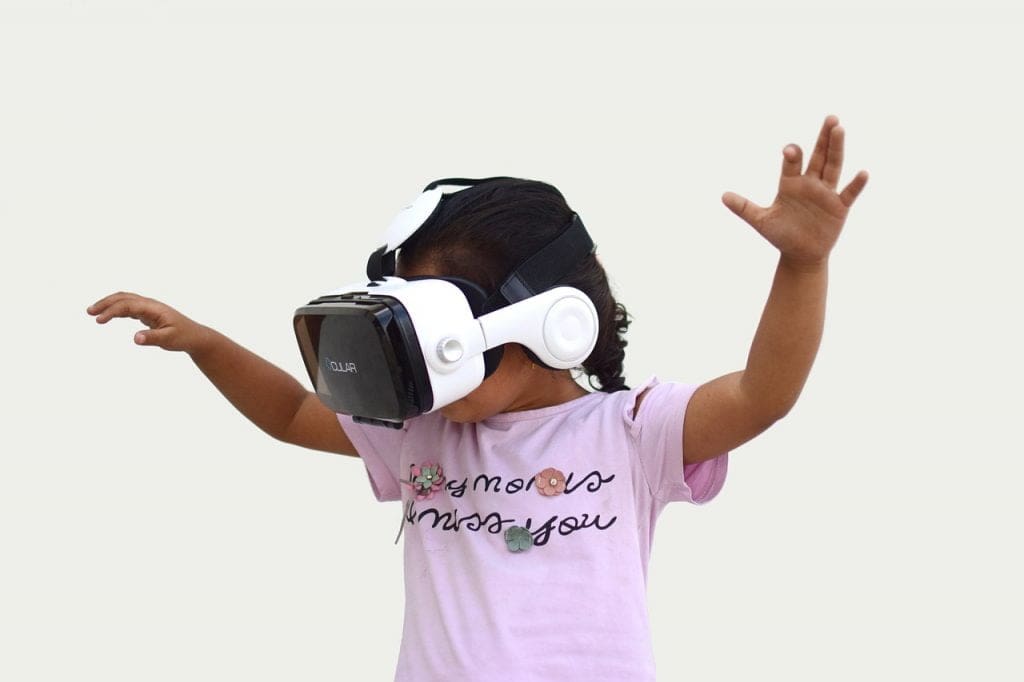Listen to the story
In the OECD report “The future of education and skills Education 2030 – The future we want” three major challenges is identified. It includes environmental with a focus on climate change and the depletion of natural resources, economic with a focus on technology development and financial interdependence, and thirdly, social transformation and equality. From these driving forces, the authors analyse which competencies are required to become a part of this development. The keywords are flexibility and change.

Five common challenges
The redesign of learning includes according to the report five common challenges:
- The increasing complexity of digital society requires more learning according to traditional thinking about education. However, the solution according to the report is that: “It is time to shift the focus of our students from “more hours for learning” to “quality learning time”. Quality before quantity is one of the main keys to learning and skills development in the digital society.
- Reforms of educational policy today suffer from time lags between recognition, decision making, implementation and impact.
- Quality again, the learning content must be of the highest quality to generate the deepest possible understanding.
- All pupils and students must benefit to be able to reach the best possible outcome. Personalised learning is the solution. AI, interactive features and other forms of educational technologies are now boosting this development.
- Educational policy again, planning and alignment are critically important for the effective implementation of reforms.
Design for kids – learning experiences
Let’s dig deeper and take a look at what this means for designing learning experiences. In the report from Nielsen Norman Group mentioned above the research focus on kids from the age of 3-12 years old in US and China. The general conclusion is that: “When designing apps for kids, designers must consider the physical abilities and constraints of target age groups.” This means gross motor skills, fine motor skills and motor coordination.
Recommendations
From the result of the research the authors give the following recommendations:
- For kids under 9 touchscreen designs should emphasize swiping, tapping, and dragging, and the interface should include big colourful clarifying buttons.
- “Desktop-based designs for kids under 9 should use simple keyboard interactions or clicks. Dragging, scrolling, and clicking small objects with a mouse or a trackpad are hard for this age group.”
- Complex motor coordination is according to the report not recommended for 5-year-olds that have very limited coordination ability. While a 7-year-old has limited coordination ability. At that age, the kid could coordinate his or her two hands to move smoothly on a tablet. An 11-year-old has partially developed coordination ability and can handle the physical buttons on a desktop.
User experience design has many dimensions and should be analysed from different perspectives before starting the actual design work. The purpose of the learning design project should then also interact with the requirements and complexity of the developing digital society as described above.
Written by
LarsGoran Bostrom©
Learning designer and Author of the book “Learning Design in Practice for Everybody” and developer of the SOE PublishingLab to create interactive books for learning, inspiration and play. With interactive features like learning simulations, interactive writing, gamification and augmented reality.
Opens in a new tab




